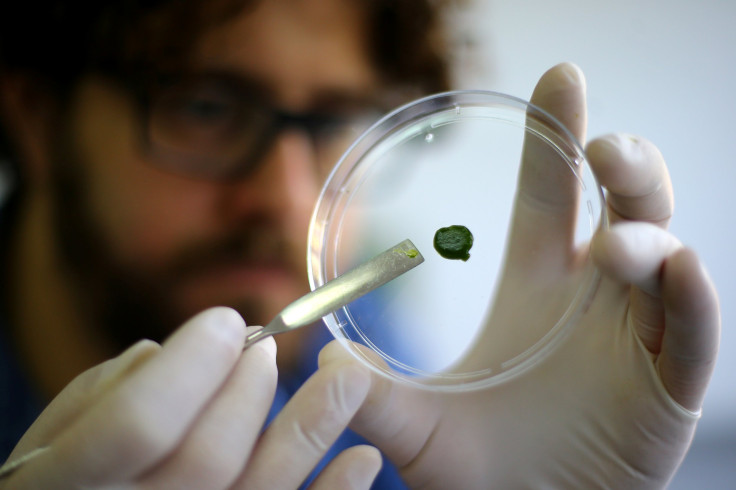Biodegradable Nanobots May Help Doctors Treat, Diagnose Diseases Better

One of the biggest experiments being conducted in the medical field is the possibility of deploying nanobots to treat diseases.
In a major breakthrough, a team of researchers from the University of Manchester and the Chinese University of Hong Kong has created biodegradable nanobots, whose degradation can be controlled by doctors, making it possible to use them in medical applications involving non-invasive surgery.
“Creating robotic systems which can be propelled and guided in the body has been and still is a holy-grail in the field of delivery system engineering. Our work takes advantage of some elements offered by nature such as fluorescence, degradability, shape. But we add engineered features such as magnetization and biological activity to come up with a proof-of-concept behind our bio-hybrid, magnetically propelled microrobots,” professor Kostas Kostarelos, one of the researchers on the project, said in a press release.
While nanobots are still far from being deployed to treat diseases, the new breakthrough will certainly help speed their adoption in the medical field.
The designing of biodegradable bots has been made possible using a health supplement called spirulina, a form of algae used as a nourishing food substitute.
The researchers said they can control the degradation of the bot using a magnetic iron coating. The magnetic coating allows researchers to control the bot with high precision using magnetic fields, despite it being submerged in complex biological fluids.
One of the biggest benefits of such nanobots is that they can release complex compounds capable of targeting cancer cells, which may be a great alternative to painful chemo therapies for cancer patients.
While the researchers have developed the capability to control the degradation of the nanobots, they will need to work on it much more to make it fully operational — aspects such as motion tracking, biocompatibility and therapeutic effects of these bots can only be assessed once the clinical trials take place.
Another important aspect of these nanobots that needs to be taken into consideration is their flexibility. The flexibility would allow these bots capable of reaching body parts which are hard to reach or operate upon.
“We are still in early days of development since any such robotic system would need to be either completely and safely degraded, or it will need to be removed or excreted from the body after it has finished its work. But nevertheless, our work provides the first ever example of how this could be possibly achieved by degradation,” professor Kostarelos further said in the press release.
However, the fact that these bots can be controlled inside the body may help create non-invasive treatments for diseases and could help study diseases better, from inside the body itself. According to the researchers, the bots will be able to diagnose the effects of environmental diseases and connected ailments from inside the body itself.
© Copyright IBTimes 2024. All rights reserved.




















